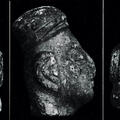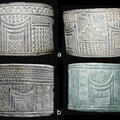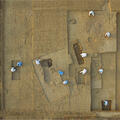Origin and Development of the Indus Script: Insights from Harappa and other sites
This comprehensive look at the development of the Indus script makes a clear and cogent case that its origins likely can be traced to the pre and post-firing graffiti marks found on pottery throughout the region.






























